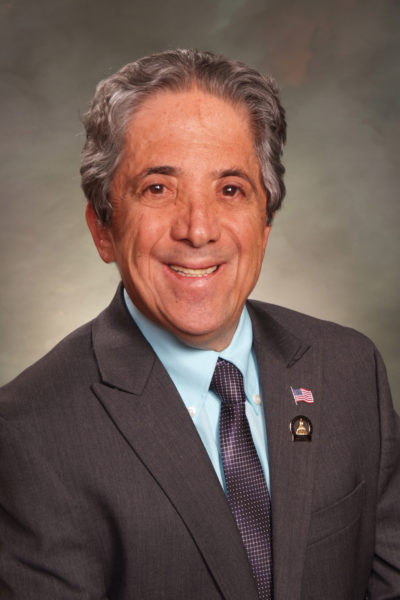
By John Kefalas
Prevailing evidence indicates we’re in a climate crisis with higher temperatures and changing weather patterns.
Longer summer stretches in the mid to high 90s are now more common on the Front Range, and winters are warmer while storms can be more severe. There are various contributing factors, but extreme weather is the new normal.
The Colorado Health Institute’s “Global Issue, Local Risk” April 2019 Report describes these changes in our state with a climate and health index analyzing 24 factors in three categories – exposure, vulnerability, and readiness.
The report notes that Colorado’s average temperature increased two degrees in the past 30 years and is projected to increase 2.5 degrees to five degrees by 2050.
A changing climate and warmer temperatures impact our lives and public health – more air pollution, earlier snow melts, drier forests and soils, heavier storms, extreme weather swings, and intense wildfires and floods.
In Larimer County, the 2012 High Park Fire and 2013 Flood changed how the county helps residents respond to disaster emergencies.
Our Office of Emergency Management established a Community Resiliency Program, helping residents manage events like these through preparedness, mitigation, and information.
Community Resiliency focuses on two areas: shocks – emergencies that will or could occur in a community and identifying risks and stressors – how our built environment and infrastructure holds up during the shock of an event.
How will transportation, communication channels, utilities, and other infrastructure hold up during an event?
The Community Resiliency Program examines risks, our built environment, infrastructure, transportation, social and economic environment, and how well it all works if an emergency occurs and what happens if one component fails. It also looks at ways these things can be built stronger.
Our Emergency Management works with county departments and regional public and private organizations ensuring these pieces are strong.
Community resiliency has been incorporated into our proposed Larimer County Comprehensive Plan a future planning policy document that establishes a 20-year vision for our county.
Although we can’t control climate-related events from occurring, we can control how we adapt to and mitigate the impacts of our climate crisis situation.
Sign up for the Larimer Emergency Telephone Authority
Sign up for the Larimer Emergency Telephone Authority (LETA). Get notifications immediately in a disaster emergency or weather event. It comes to you on your landline or mobile device. Visit www.leta911.org to sign up.
Meet your neighbors. Research shows that connected communities can withstand shocks and stressors better than those that do not. If one of your neighbors has limitations in an emergency, you’ll know by knowing your neighbors and be able to find ways to help.
Mitigate risks. If you live in a mountain area, do you have trees with branches that have grown over time touching your home? Cutting those branches away and can reduce your risk in the event of a wildfire.
There are many mitigation techniques; contact our Office of Emergency Management for more information. https://www.larimer.org/emergency
Get an insurance check-up. Many residents are under-insured and could use additional coverage if a disaster occurs. Consider flood insurance, even if you don’t live in a flood-prone area. Basements can flood too, and cause damage that regular insurance won’t cover.
While we can’t control events, we still can prepare for them.
John Kefalas is a Larimer County Commissioner serving all of Larimer County.

Support Northern Colorado Journalism
Show your support for North Forty News by helping us produce more content. It's a kind and simple gesture that will help us continue to bring more content to you.
BONUS - Donors get a link in their receipt to sign up for our once-per-week instant text messaging alert. Get your e-copy of North Forty News the moment it is released!
Click to Donate
